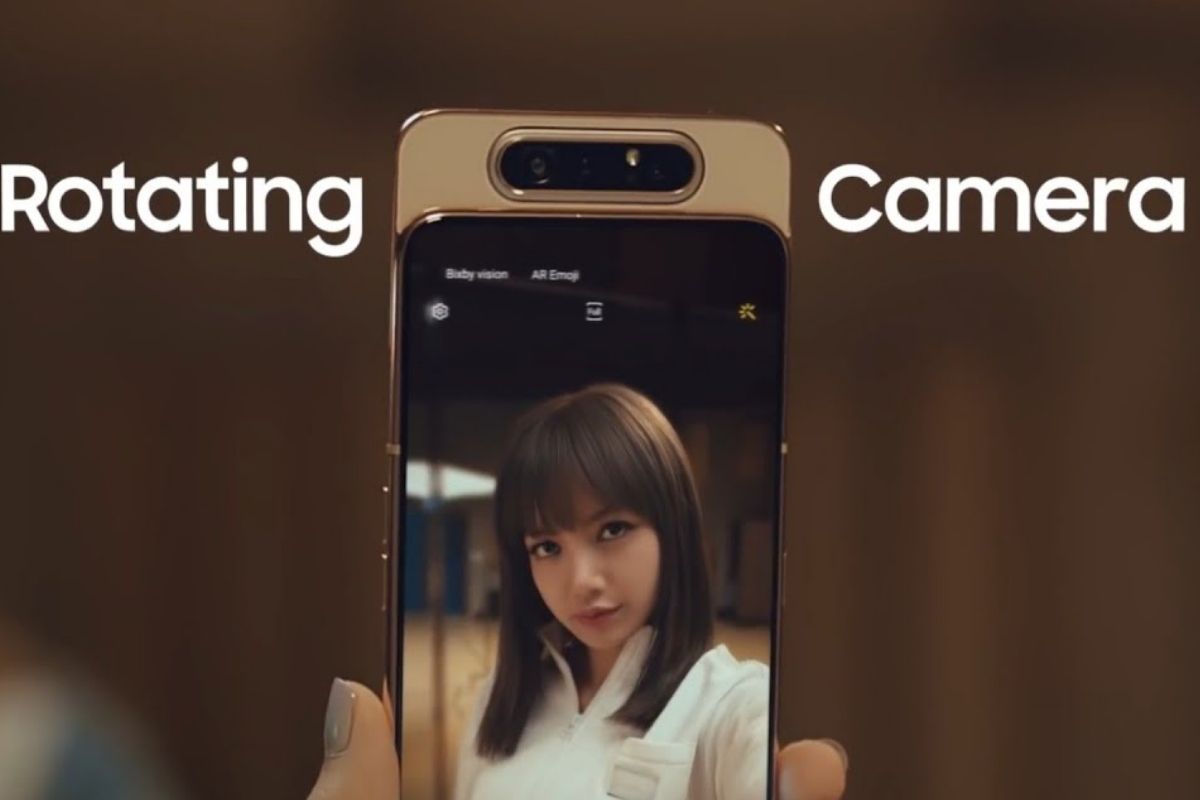Samsung has been known for its cameras in recent times, with the company finally opting for cameras that can take on Apple’s offerings on the iPhone and the Google Pixel. Today, it seems that Samsung has been working on a movable camera design meant for handsets that could allow for variable aperture for the camera. This design was showcased in a patent that was spotted by LetsGoDigital. In this patent, the camera setup, which in its regular style, is placed in a horizontal manner on the smartphone’s back. What sets it apart is the feature wherein the cameras in the array seem to move, resulting in a triangle.
Samsung’s Patent Hints at Amazing Camera Capabilities
The primary sensor of this module is present in the centre and can move down from the initial position. This is coupled with an ultra-wide sensor and a telephoto camera on the left and right sides of the module, which can move inside or inwards. Every one of these camera sensors comes with two openings, each of which has a different aperture. Theoretically, it has been known for quite some time that changing of the position of the camera sensor leads to a change in the aperture. When these cameras join to form a triangle, every single one of them would be at its lowest aperture. Given as to how the cameras have two final locations, this hints at the possibility of just two aperture values per camera is available, which is also hinted towards via the figure that was showcased. For those of you wondering, there are multiple benefits of this camera system, since a lower than usual aperture can allow for more light to enter into the camera, which usually aids in low-light conditions. There are certain flaws, such as possible failures resulting from the constant movement of the sensors, as well as a possible increase in the weight of the device. This patent was filed by Samsung Electro-Mechanic in October of 2020. It still remains unknown as to whether Samsung has been thinking about making use of this system on a future smartphone. Previously, Samsung has been known for doing the same and trying out variable aperture with certain flagships such as the Samsung Galaxy Note 9 and the Samsung Galaxy S10 Plus.
